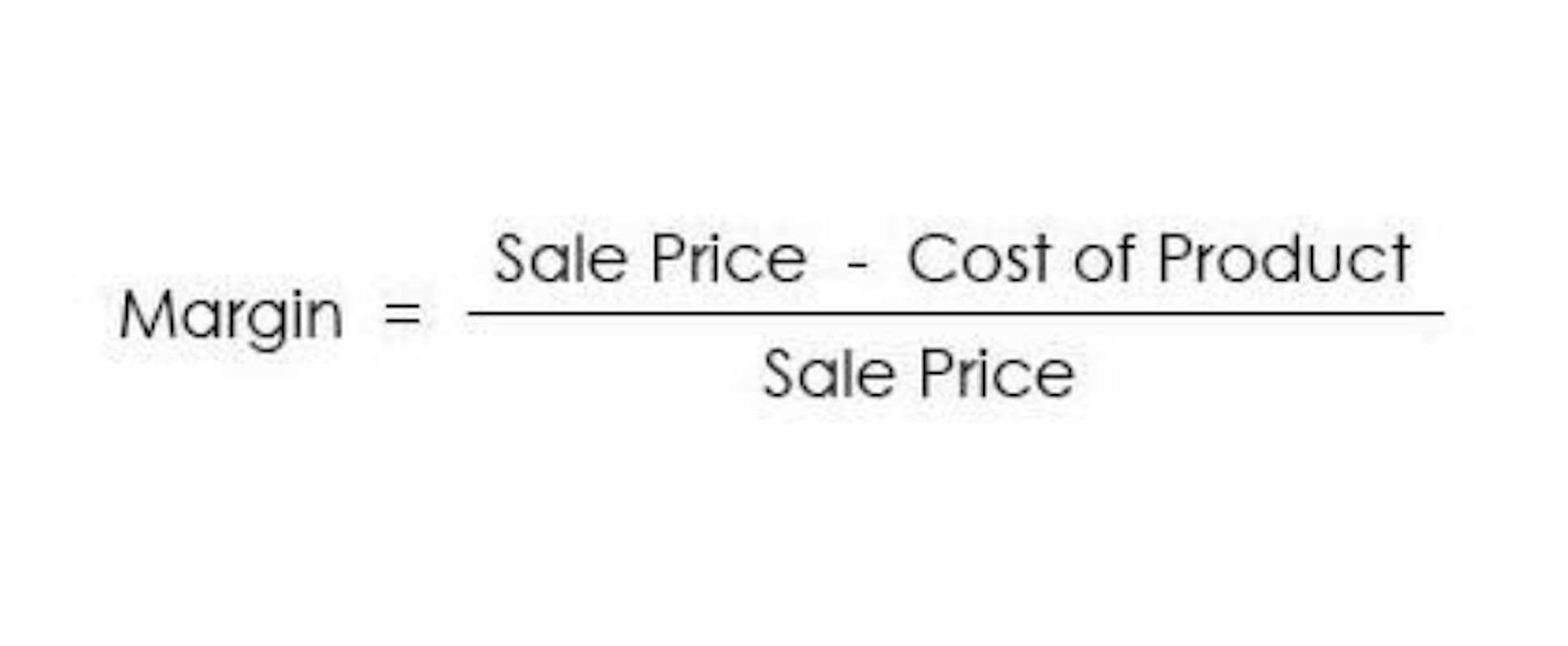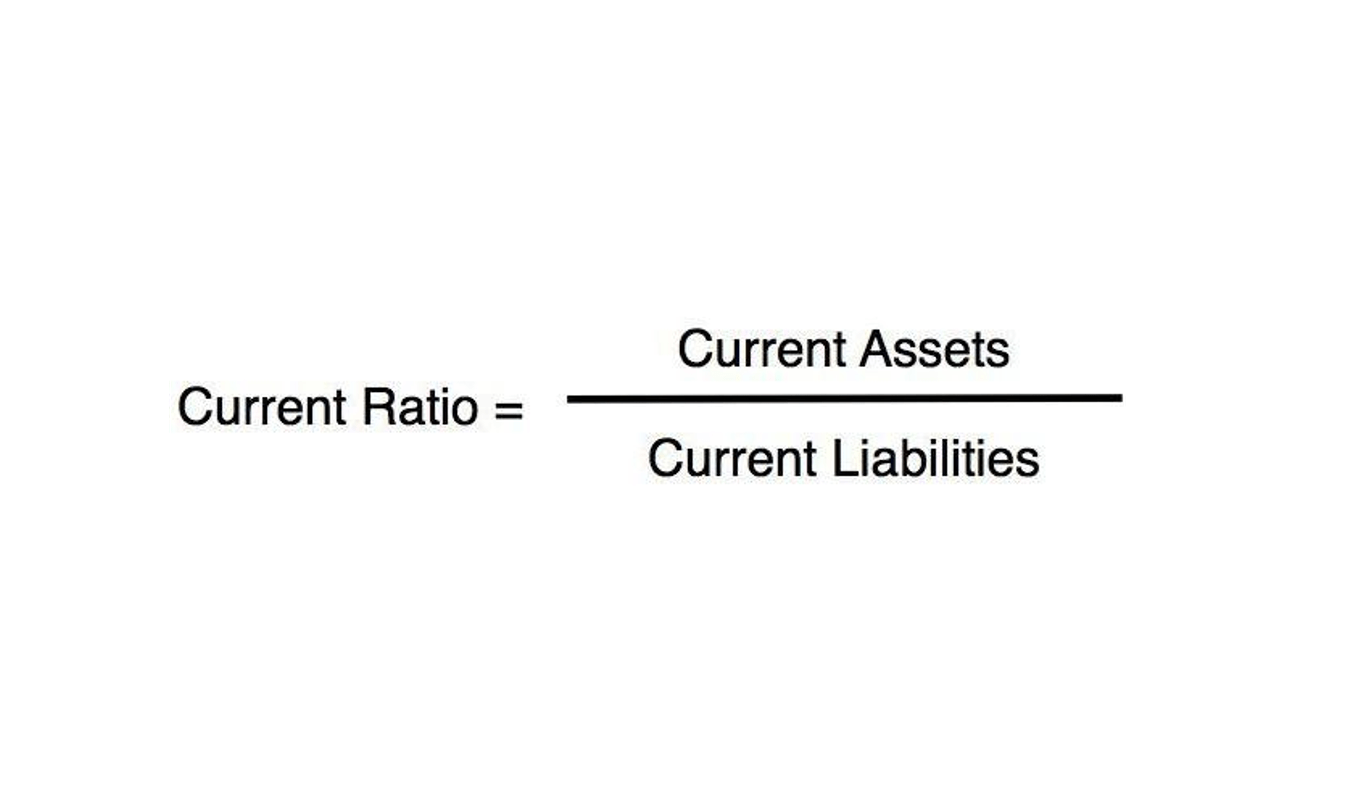
Two companies with similar gross profit margins could have drastically different adjusted gross margins depending on the expenses that they incur to transport, insure, and store inventory. Profit margin is one of the simplest and most widely used financial ratios in corporate finance. A company’s profit is calculated at three levels on its income statement, each with corresponding profit margins calculated by dividing the profit figure by revenue and multiplying by 100. The net profit of a company, which includes the total of all the incomes of the company after deducting all expenses, can be calculated by dividing its net income by its total revenues.

Comparison With Industry Averages
- Can you use tracking software to manage shipping data and customer notifications?
- Net margin, on the other hand, provides a snapshot of the profitability of the entire company, including not only the cost of goods sold in the equation, but all operating expenses as well.
- Nonetheless, the gross profit margin should be relatively stable except when there is significant change to the company’s business model.
- It’s important to note that gross profit margins are very different for different industries.
- This shows the company is improving its profitability and efficiency, retaining more money per each dollar of revenue generated.
- If you are a business owner, improving your profit margin is an important part of growing your company.
Gross profit represents the actual dollar amount generated from a company’s core operations before considering other operating expenses. Gross profit does not consider the proportion of profit relative to net sales revenue. While the gross profit margin measures the profitability of a production process, net profit margin considers all of the expenses a company takes on—not just the ones linked to production. Because gross profit ratio is based on revenue and gross profit which is not considered as a measure of success. It does not consider other important factors such as returns on investment, Working Capital and the quality of earnings.

Example of Profit Margin
A well-managed retailer can increase fourth-quarter net sales from one year to the next. Comparing the first quarter of 2017 to the fourth quarter of 2018 would not be useful. Generally, if you can increase ratios, your business will be more profitable.
- To compensate for its lower gross margin, Company XYZ decides to double its product price to boost revenue.
- Investors want to know how healthy the core business activities are to gauge the quality of the company.
- All of our content is based on objective analysis, and the opinions are our own.
- While they are often used interchangeably, there is a subtle difference between them.
What is a good gross profit margin for a small business?

For every dollar of revenue earned, $0.1 is held, and $0.9 is credited to the cost of products sold. This means 19.33% of every dollar earned is retained for operating expenses. This means $0.44 of every dollar in sales can go toward operating costs. This means 43.81% of every dollar earned can go toward operating expenses.
It’s an important profitability measure that looks at a company’s gross profit as compared to its revenue. If a company’s $500,000 profit reflects a 50% profit margin, then the company is in solid financial health, with revenues well above expenses. Wages and related expenses might increase in regions or industries experiencing labor shortages or where labor unions are strong. If these wage increases aren’t accompanied by a corresponding rise in productivity or prices, they can erode gross margins. Implementing pricing strategies is also effective in improving a company’s gross margin. This involves adjusting the price of products or services to optimize profits without losing customers.
How to calculate the EBITDA margin formula

Gross profit margin, on the other hand, is this profit expressed as a percentage. The most effective way to increase revenue is to increase sales gross margin accounting among your existing customer base. You can also use promotions, rewards, and testimonials to promote your products and increase sales.
Divide that figure by the total revenue and multiply it by 100 to get the gross margin. Gross margin helps a company assess the profitability of its manufacturing activities. Companies and investors can determine whether the operating costs and overhead are in check and whether enough profit is generated from sales. Gross margin is the percentage of a company’s revenue that’s retained after direct expenses such as labor and materials have been subtracted.
- Analyzing changes in your company’s gross margin helps you track trends in financial health.
- Simply put, net profit margin is the ratio of its net profit to its revenues.
- Interest expense on debt is tax-deductible, which is why you multiply EBIT by one minus your tax rate.
- Manufacturing enterprises, on the other hand, will have a lower gross margin due to higher COGS.
- In contrast, the ratio will be lower for a car manufacturing company because of high production costs.
- It is important to compare ratios between companies in the same industry rather than comparing them across industries.
It provides a more standardized measure of profitability, allowing for easy comparison between companies of different sizes or industries. In accounting, the gross margin refers to sales minus cost of goods sold. It is not necessarily profit as other expenses such as sales, administrative, and financial costs must be deducted. Higher gross margins for a manufacturer indicate greater efficiency in turning raw materials into income.
Gross Profit Margin: Formula, Calculation and Example
Monica’s investors can run different models with her margins to see how profitable the company would be at different sales levels. For instance, they could measure the profits if 100,000 units were sold or 500,000 units were sold by multiplying the potential number of units sold by the sales price and the GP margin. Capital-intensive industries, like manufacturing and mining, often have high costs of goods sold, which translates to relatively low gross margins.